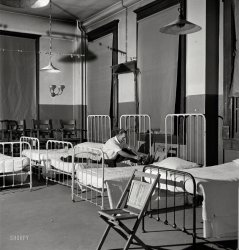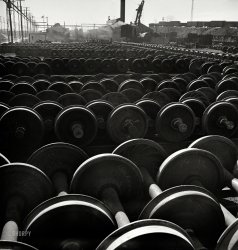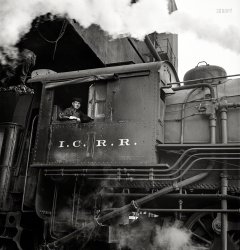
MAY CONTAIN NUTS

Search Shorpy
SHORPY ART

Framed or unframed, desk size to sofa size, printed by us in Arizona and Alabama since 2007. Explore now.
Join and Share
Ad-Free Shorpy
Shorpy is funded by you. Patreon contributors get an ad-free experience.
Learn more.

Recent comments
- Exclusive pump
- Details, Details
- What's that building to the left of the tower?
- Coal Barges
- Bromo-Seltzer
- Inner harbor
- The Basin
- What a headache!
- Giant stepladder?
- Baldwin 62303
- Baldwin VO-1000
- Cold
- No expense spared
- Tough Guys
- Lost in Toyland
- And without gloves
- If I were a blindfolded time traveler
- Smoke Consumer Also Cooks
- Oh that stove!
- Possibly still there?
- What?!?
- $100 Reward
- Freeze Frame
- Texas Flyer wanted
- Just a Year Too Soon
- WWII -- Replacing men with women at the railroad crossing.
- Yes, Icing
- You kids drive me nuts!
- NOT An Easy Job
- I wonder
Member Photos
The Shorpy
Print Emporium
Print Emporium
Search Shorpy
Search results -- 30 results per page
- Thurston Lee: 1943
- ... into a dormitory at the Atchison, Topeka, and Santa Fe Railroad yard." Medium-format safety negative by Jack Delano for the Office of War ... Posted by Dave - 12/26/2012 - 9:56pm -

- Field of Wheels: 1942
- ... axles outside the locomotive shops at an Illinois Central Railroad yard." Medium-format nitrate negative by Jack Delano for the Office of War ... Posted by Dave - 02/04/2016 - 9:54pm -

- Illinois Central: 1942
- ... Illinois. Engine taking on coal at an Illinois Central Railroad yard." Medium-format negative by Jack Delano. View full size.
Parts ... Posted by Dave - 07/21/2014 - 12:40pm -
























